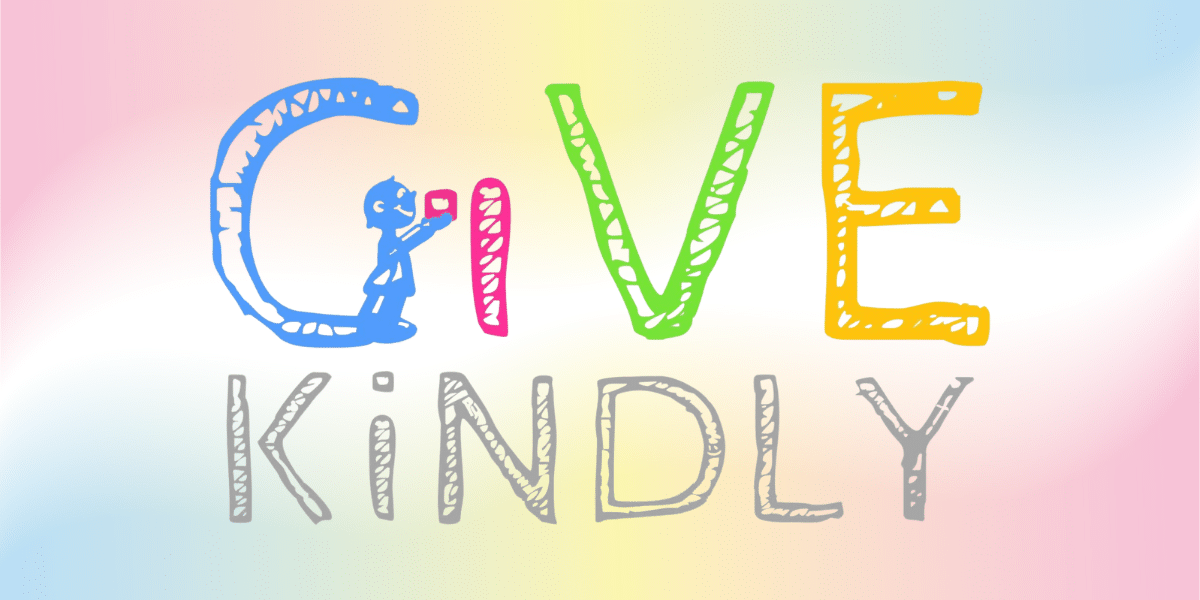Structure and Governance
The education system in New York is a multifaceted and dynamic landscape, encompassing a diverse array of institutions, programs, and initiatives aimed at providing students with the knowledge, skills, and opportunities they need to succeed in an ever-changing world. From public schools to private institutions, from early childhood education to higher education, New York offers a rich tapestry of educational options for learners of all ages and backgrounds. In this comprehensive guide, we’ll explore the key components of the education system in New York, from its structure and governance to its challenges and innovations.
The education system in New York is governed by a complex framework of laws, regulations, and oversight bodies, each playing a distinct role in shaping the direction and priorities of education in the state. At the state level, the New York State Education Department (NYSED) serves as the primary regulatory authority responsible for setting educational standards, developing curricula, and overseeing the licensure and certification of educators. The Board of Regents, appointed by the New York State Legislature, provides leadership and guidance to the NYSED, ensuring that educational policies and practices align with the needs and aspirations of New York’s diverse population.
Key Components
Public Schools
New York’s public school system is the largest in the United States, serving over 2.6 million students across the state. Organized into local school districts, each governed by a board of education, public schools in New York provide free and accessible education to students from kindergarten through 12th grade. The state’s funding formula, known as Foundation Aid, allocates resources to school districts based on factors such as student enrollment, demographics, and local property values, ensuring equitable access to educational opportunities for all students.
Charter Schools
Charter schools are publicly funded, independently operated schools that operate under a charter or contract with a designated authorizer, such as the New York State Board of Regents or local school districts. Charter schools in New York offer innovative educational models and approaches, often focusing on specific themes or areas of emphasis, such as STEM education, performing arts, or language immersion. While charter schools are subject to many of the same regulations and accountability measures as traditional public schools, they have greater flexibility in areas such as curriculum, staffing, and governance.
Private Schools
New York is home to a diverse array of private schools, including religious-affiliated schools, independent schools, and specialized schools catering to specific populations or educational philosophies. Private schools in New York operate independently of government oversight and typically charge tuition or fees for enrollment. Many private schools in the state are known for their rigorous academic programs, small class sizes, and emphasis on individualized instruction, attracting students from across the region and around the world.
Higher Education
New York boasts a vibrant and diverse higher education sector, with over 300 colleges and universities offering a wide range of academic programs and degrees. From prestigious research universities to community colleges and vocational schools, New York’s higher education institutions provide students with opportunities for lifelong learning and personal development. The State University of New York (SUNY) and the City University of New York (CUNY) are two prominent public university systems in the state, offering affordable and accessible education to students of all backgrounds.
Challenges and Innovations
While New York’s education system has many strengths, it also faces a number of challenges, including:
- Achievement Gaps: Persistent achievement gaps exist between different demographic groups in New York, including racial and ethnic minorities, English language learners, and students with disabilities. Closing these gaps and ensuring educational equity for all students remains a priority for policymakers and educators.
- Funding Inequities: Disparities in school funding across districts contribute to inequities in educational opportunities and outcomes. Efforts to reform the state’s school funding formula and increase resources for high-need schools are ongoing but face political and logistical challenges.
- Teacher Shortages: New York, like many states, faces shortages of qualified teachers in certain subject areas and geographic regions. Recruitment and retention efforts, as well as initiatives to diversify the teaching workforce, are underway to address these shortages and ensure that all students have access to high-quality instruction.
- Technology Integration: The rapid pace of technological change presents both opportunities and challenges for education in New York. While technology has the potential to enhance teaching and learning experiences, ensure educational access, and personalize instruction, ensuring equitable access to technology and addressing concerns about data privacy and digital literacy are critical considerations for educators and policymakers.
Looking Ahead
As New York continues to navigate the complexities of its education system, stakeholders across the state are working together to address challenges, implement reforms, and innovate in pursuit of educational excellence and equity for all. By building on the strengths of its diverse communities, fostering collaboration and dialogue, and embracing evidence-based practices and policies, New York has the potential to create a brighter future for its students and families. Together, we can ensure that every learner in New York has the opportunity to achieve their full potential and contribute to the success and prosperity of the state.












